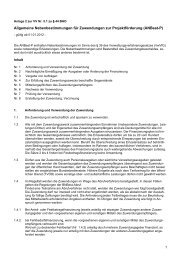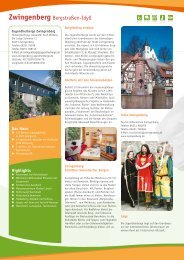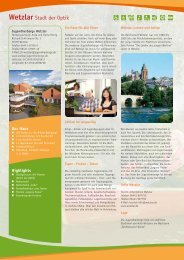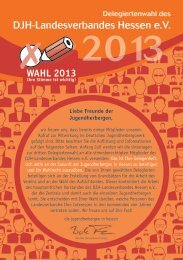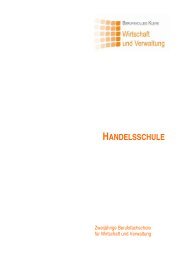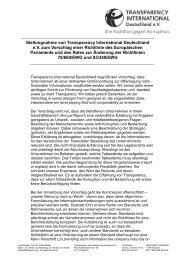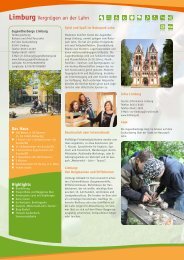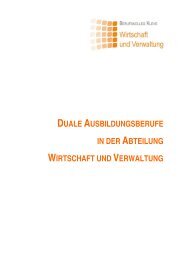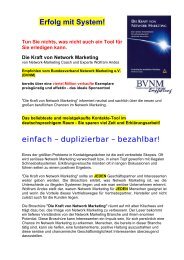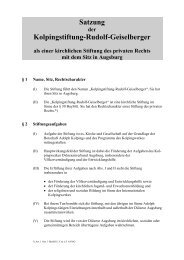REPA Booklet - Stop Epa
REPA Booklet - Stop Epa
REPA Booklet - Stop Epa
Create successful ePaper yourself
Turn your PDF publications into a flip-book with our unique Google optimized e-Paper software.
EDF is usually for 5 years and has traditionally run alongside each of the Lomé Conventions. The money is<br />
provided by the individual European Union Member States, rather than the general EU budget, and it has its<br />
own financial rules and management committee. This is a mixed blessing: it makes the fund less of a political<br />
football; but it is also less open to scrutiny by the European Parliament. The European Union also has other aid<br />
funds in its general budget, and individual States maintain their own aid arrangements with particular ACP<br />
countries.<br />
What can the European Development Fund be used for?<br />
The EDF is available to fund grants, risk capital and loans to the private sector. The grants are primarily used<br />
for technical assistance and financial assistance. The European Commission has been accused of channelling<br />
this money into contracts for its own ‘experts’ to provide technical assistance for those projects and in ways that<br />
reflect Europe’s priorities. Two export price support schemes have also been funded from the European<br />
Development Fund, as part of Europe’s strategy to ensure a stable supply of key commodities:<br />
- Lomé I established a system to compensate ACP countries for shortfalls in their export earnings when the<br />
prices for commodities fluctuated (STABEX);<br />
- Lomé II introduced a price support system for the mining industry (SYSMIN).<br />
“The EU mandate is<br />
above all not about<br />
sharing and caring - it<br />
is about economic<br />
expansion and<br />
domination.”<br />
(Nancy Kachingwe,<br />
MWENGO, 2003)<br />
What are the development goals of the European Development Fund?<br />
The initial focus was to fund physical, social and agricultural infrastructure. The funding priority shifted in 1985<br />
to food security and desertification. In the 1990s the European Union’s development goals were more closely<br />
aligned to International Monetary Fund (IMF) and World Bank structural adjustment priorities. Lomé IV (1990)<br />
also introduced ‘human rights’ conditionalities that allowed the European Union to suspend aid funding to a<br />
country unilaterally. After 1995, it also began releasing the EDF funding in stages.<br />
How was the EDF money allocated during the Lomé era?<br />
The European Commission used to draft a Country Strategy Paper and each ACP government drafted its own<br />
National Development Plan. Their Plan was supposed to be consistent with the Commission’s country strategy,<br />
but governments often ignored this.<br />
Is that still the system for EDF allocation?<br />
The process changed. A Country Support Strategy Paper is (in theory) written jointly; in practice, it is primarily<br />
written by the Commission’s officials. The strategy paper is meant to reflect the World Bank Poverty Reduction<br />
Strategy Programme for that country – which is another example of a document that is supposedly generated<br />
by the debtor government, but is really dictated by the international institution. Each ACP government then<br />
‘negotiates’ a National Indicative Programme (NIP) with the European Commission, with a 5-year budget for<br />
achieving the development strategy. This new process gives the Commission more leverage than it had under<br />
Lomé. In addition, any money that isn’t used by the government within the specified time can be withheld - and<br />
the Commission can require the return of any money that has not been used well!<br />
Is there likely to be unused money?<br />
That has been a major issue with the Europeans. The Commission says it won’t provide additional funding to<br />
address new challenges because the EDF has billions of unspent Euros for development programmes in ACP<br />
countries – even though that backlog is largely because the approval and distribution processes in the<br />
Development Directorate of the Commission are so slow and complex, and the ACP countries lack capacity.<br />
Are these strategy plans and programmes only developed on a national basis?<br />
There are parallel Regional Support Strategy Papers and Regional Indicative Programmes that are also<br />
funded out of the EDF. These are fostering a divisive competition between regional bodies and national<br />
governments. The same unequal dynamics also apply: reportedly the Southern Africa Development Community<br />
(SADC) region had to rewrite its Regional Indicative Programme 15 times before the EC accepted it!<br />
14<br />
A People’s Guide To The Pacific’s Economic Partnership Agreement



